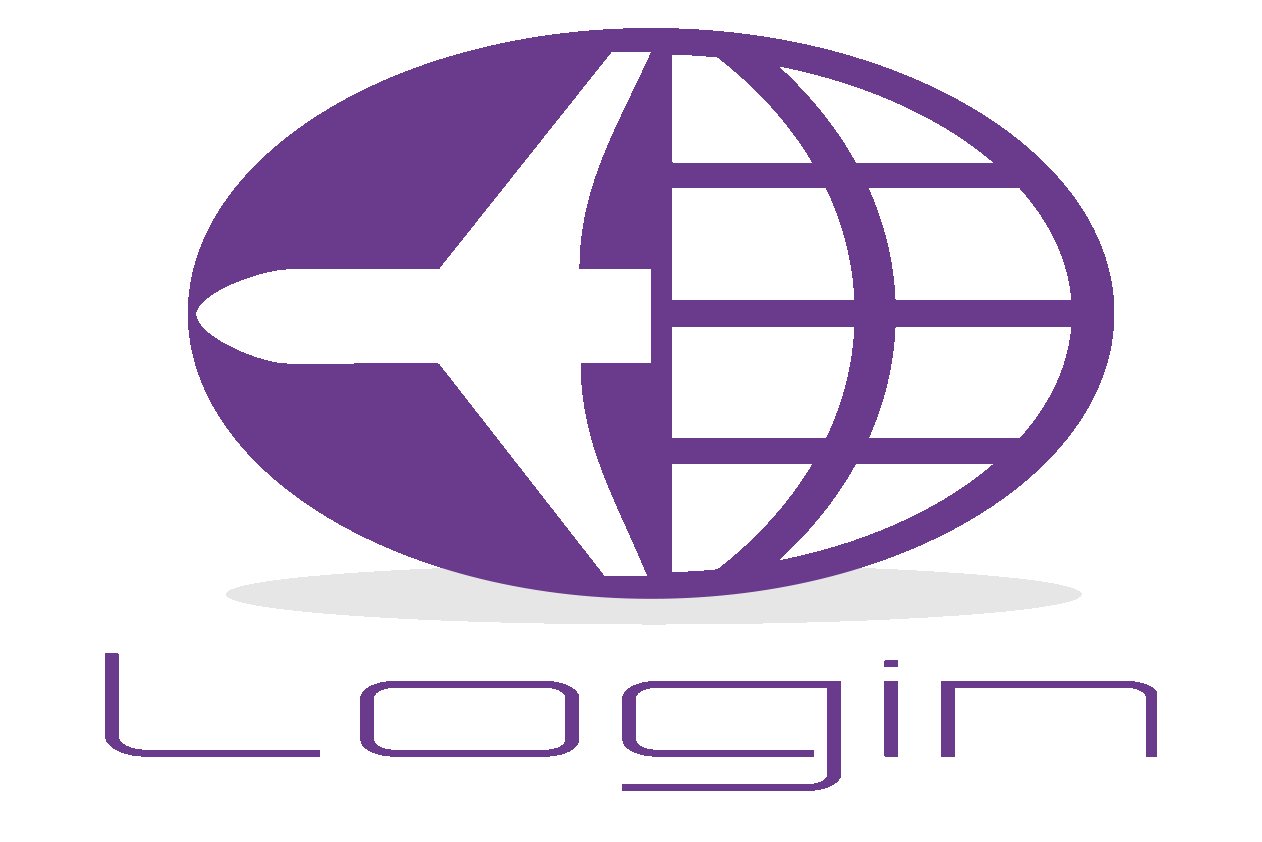TODAY’S IN-FLIGHT WI-FI
Overall worldwide business travel increased in the first quarter of 2021, with the fall of the global pandemic. Many aircraft operators continue to see new expansion and investments to support frequent travelers' needs. New Wi-Fi systems are entering the market to provide new options and lower costs. Connectivity limitations are things of the past. Now, Aircraft Manufacturers, Charters, Corporate Operators, and Business Jet Owners remain enthusiastic about high-speed Wi-Fi connections.
The networks that serve the aviation industry: satellite and ground station communications.
For jet travelers who want to replicate office and residence online experience during in-flight; It will take multiple steps and time for developers to reach high enough speeds for video streaming, video calls, heavy emailing with attachments, internet voice, and alike.
Current types of satellites and their operators:
GEO Stationery Satellite Network - orbits the earth at 22000 miles above the earth
· Inmarsat has more than 30 years of experience and continues to expand its capabilities by adding more satellites to its current constellation, adding coverage services to polar regions by 2025. Featuring development to include faster speeds, such as 130 to 140 Mbps.
· Viasat owns and operates its own GEO Satellite Network, allowing lower costs, and offers regional data plans ranging from $2,795 per month for 15 GB to $9,999 per month for unlimited data; with speeds of up to around 100 Mbps.
· Intelsat uses Ku-band, a constellation of 52 satellites owns and serves through FlexExec for aerospace businesses. Its network is not shared with airline and military users; This maximizes its capability service and charges by the hour and not by the megabyte.
LEO Satellite Network (Low Earth Orbit) - varies in speed. Providers claim it takes more satellites for global coverage, although much more reliable communication due to lower latency, promising higher speed, and sufficient capacity for video streaming.
· Iridium is the first in use solely LEO Constellation for the last 20 years, not building ground stations to keep costs down and provide a top speed of 700kbps.
· OneWeb is currently a giant reach and full strength constellation of 588 satellites and two more satellites scheduled to launch this year using SpaceX rockets; initially first available to its partner Gogo Advance L3 L5 and ATG, to allow high demand of heavy data activity.
· Starlink, SpaceX parent company, plans to grow the constellation to 42,000 satellites, number high enough to provide global coverage. System will supply an airborne terminal, power supply, two wireless access points, harnesses, and Electronic Steered Antenna (antenna will require a large cabin jet to accommodate installation) Supplemental Type Certificate is currently in progress for Gulfstream G650, G550, G450; Bombardier Global, Challenger 300/350; Embraer ERJ-135, Legacy 650, 600; and Dassault Falcon 2000. Starlink promises to speed up to 350Mbps, unlimited, and not long-term agreement.
Following technology advancements, MRO is now capable of installing Wi-fi systems in order to enhance jet operators’ in-flight experience. Login aviation is present and prepares for the future technology of the aerospace industry by collaborating with a trusted FAA Repair Station.


